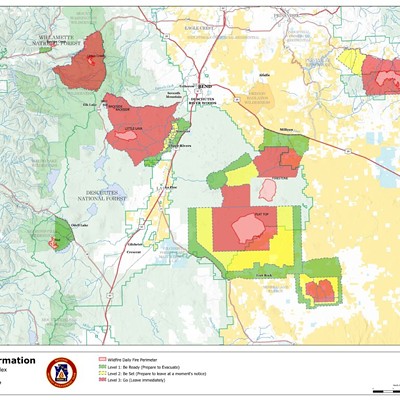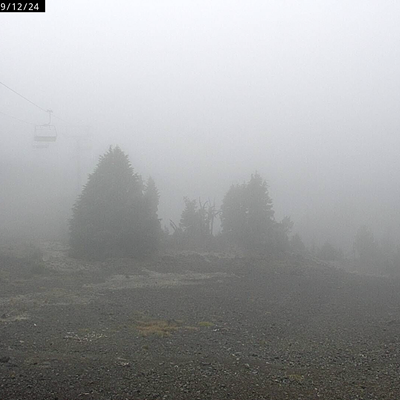Afirst-of-its-kind study out of Oregon State University finds that bicyclists who treat stop signs as yield signs do not increase the danger for themselves or cars. That’s good news for many in Oregon and Washington, states that have among the highest percentages of bicycle commuters in the country. So-called "rolling stops" have been allowed in both states for the past several years.
OSU College of Engineering researchers put 60 participants through “live interaction” simulations, pairing a driver and a bike rider in linked simulators and seeing how each reacted when the cyclist approached a four-way stop as a yield instead.
A bicycle rolling stop, or "Idaho Stop" as the law is commonly known, allows bicyclists to approach stop signs as yield signs so that the rider does not have to come to a complete stop when the road is free from cross-traffic.
tweet this
“The focus of previous research has been crash-data analysis and why riders are motivated to do a rolling stop even when it’s illegal in their state,” David Hurwitz, an engineering professor at OSU and one of the study’s authors said in a press release. “No one has looked at how well bicycle rolling-stop laws work, or what happens when you educate people about them. Our networked simulator study design let us evaluate driver and rider behavior and their understanding of the law.”

In 2019 and 2020, Oregon and Washington respectively passed similar legislation, as have Delaware, Arkansas and Colorado. In Utah four attempts to pass a similar law have failed, but one state representative there said she will continue to bring forward legislation until it passes, according to the OSU study’s authors.
“The findings suggest more outreach in regard to rolling-stop laws would be useful, and this research gives decision-makers information to support prospective legislative policies, set up educational programs and design robust enforcement practices,” Hurwitz said.
Correction: An earlier version of this story said "parts of Colorado" have Bicycle Rolling Stop laws but as of 2022 the state allows all bicyclists 15-years-old and up to perform a "Safety Stop." We regret the error.










![Race for Deschutes County Sheriff Heats Up ▶ [With Video]](https://media2.bendsource.com/bend/imager/race-for-deschutes-county-sheriff-heats-up/u/r-bigsquare/21832439/news2-1-ab920340a63d5120.jpg?cb=1726161706)















